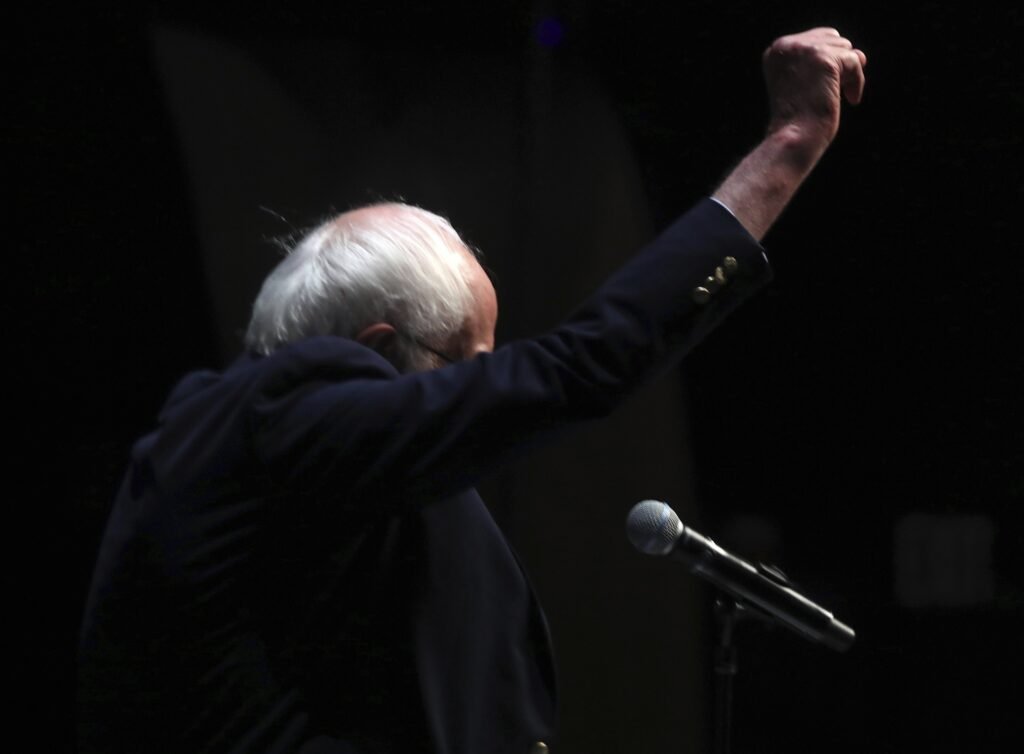Now Reading: This year’s elections have presented a striking phenomenon: an overwhelming Democratic victory across numerous key races
-
01
This year’s elections have presented a striking phenomenon: an overwhelming Democratic victory across numerous key races
This year’s elections have presented a striking phenomenon: an overwhelming Democratic victory across numerous key races

Article Summary
Contrary to the expected cultural issues that have historically influenced elections, this year’s results illustrated a distinct shift in voter priorities, primarily driven by economic realities. Trump’s ostentatious lifestyle and management style, contrasted with the everyday struggles of average Americans, alienated potential supporters. Voters are increasingly frustrated with the denial of inflation and the heavy-handed tactics of immigration enforcement, which have painted an unflattering picture of his presidency and affected his appeal among moderates and independents.
Looking ahead, Trump’s reaction to these results is a pivotal question. His typical patterns of denial and outrage may lead him to ramp up his need for attention, potentially increasing his erratic decision-making in domestic and foreign policy realms. The aftermath of this election could bring swift legislative action regarding issues like the end of government shutdowns and modifications to healthcare subsidies. Additionally, Trump’s energy policies may require reevaluation due to surging utility costs, pushing him towards more comprehensive energy strategies rather than entrenched aesthetic concerns.
The implications of these election results extend beyond immediate responses. They suggest potential pitfalls for the Democrats if they misinterpret their victories. Relying on cookie-cutter campaigns may not hold appeal in the long term; voters are seeking authenticity and engagement rather than familiar political rhetoric. Trump’s polarizing presence, while harmful to democratic institutions, has energized voter participation, as seen by record turnouts. The dynamics leading into the 2026 elections will be shaped by how Trump alters the political landscape, especially in light of shifts among Republican representatives in competitive districts. Keeping an eye on figures such as Ted Cruz may give additional insight into the evolving party response and its implications for future elections.













